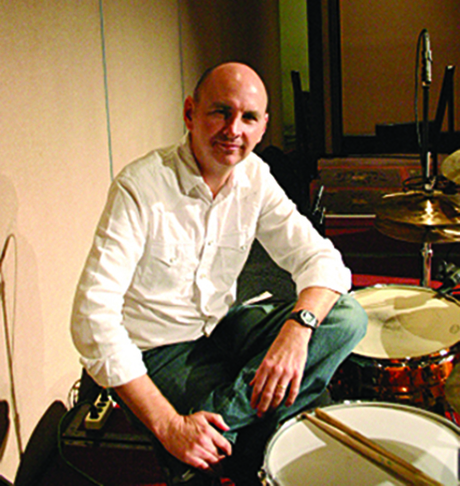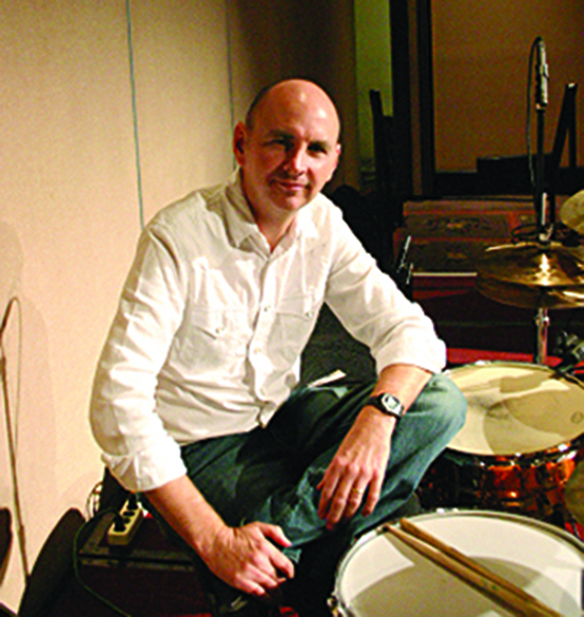Session Drumming Month: The Click Part 2
More tips on playing with the click


Last week Ian Thomas gave you a few pointers on playing with the click, and now fellow session veteran Neal Wilkinson is on hand to dish out some advice.
How much of what you do in the studio now is to a click track?
"I would say a massive percentage, easily 90% which is good and bad. Some of the records that I've done over the last few years, the only one that springs to mind that didn't have a click at all - like there would ever be a click in this situation - was Van Morrison's record. The way to get yourself fired immediately is to say, 'Let me know if you've got enough click, Van.' I think somebody was fired equally fast when they asked Van if he'd ever tried in-ear monitoring.
"I did do a couple of demos things with James Morrison, I've been working with James on and off since 2008. I did some tracks with him at the end of last year with just him, me and the bass player laying the track down but I think to be honest that was at the demo stage. I have a feeling it's going to be replaced and all be done again with click and chopped up in Pro-Tools. That's just the way things are now.
"All the albums that everybody talks about - Zeppelin, Stevie Wonder, all those classic soul albums - none of them were done like that. I just think it has to get back to that at some point because even the people that love those albums, they seem frightened to record like that again. When you listen to Talking Book by Stevie, those drums have got two overheads and a bass drum mic and it's just unbelievable. Generally a lot of those album done at that time were people playing in a room together. The time shifts a little bit. I think the difference to me is that the content is what's important.
"With technology now meaning you can chop things up and move things around, Beat Detective and sound replacement stuff, it seems because it's there people use it and I can't wait for it to get back to a much simpler time.
"I did a session at the end of last year. My drums sounded great in the studio. I had my old 58 Ludwig brass shell snare drum that sounds amazing and then when I heard the track back, they'd used Beat Detective on everything. We got sort of that loping, Bonham-esque thing going on, all that had gone and I couldn't hear my snare drum at all. It sounded like an '80s re-triggered, heavily gated snare drum.
Want all the hottest music and gear news, reviews, deals, features and more, direct to your inbox? Sign up here.
"Another piece of advice I took on board from Lee Sklar, he's a very wise old man, he said, and I think this is definitely true, once you've done your bit, just leave because it can very painful to hang around and see what they do with your performance, especially these days. I don't think that means that you're disconnected from the music. It means once your performance has been done and the producer says, okay, thanks very much, then it's best to leave. I was talking to a friend last night and he said, 'I think Charlie Watts said, I never go in the control room. I never go in there.' Don't ever go in - just do your thing and leave. Play with all the passion for the music but sometimes when you see the surgery and butchery that's involved, maybe it is not for the faint-hearted."
For more session hints, tips and secrets pick up the latest issue of Rhythm and check out our online Session Month.
Rich is a teacher, one time Rhythm staff writer and experienced freelance journalist who has interviewed countless revered musicians, engineers, producers and stars for the our world-leading music making portfolio, including such titles as Rhythm, Total Guitar, Guitarist, Guitar World, and MusicRadar. His victims include such luminaries as Ice T, Mark Guilani and Jamie Oliver (the drumming one).
